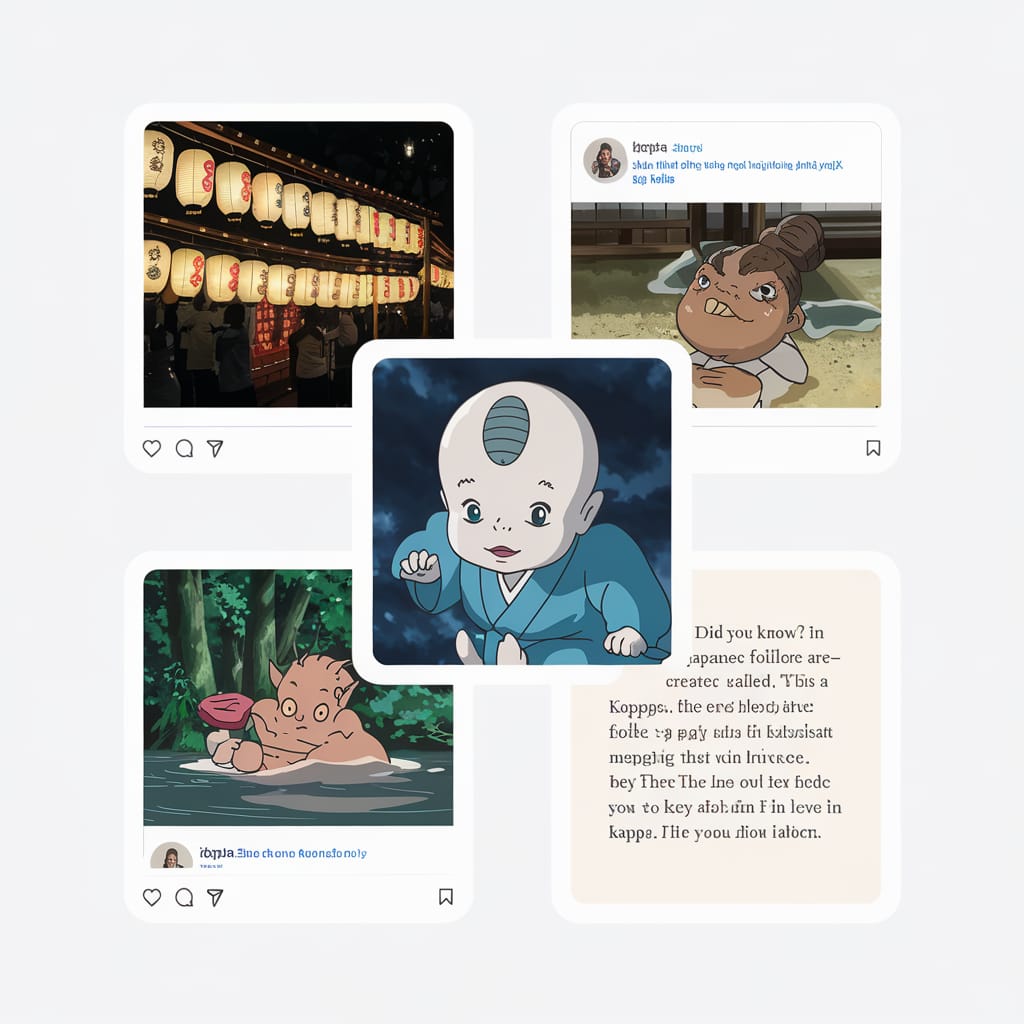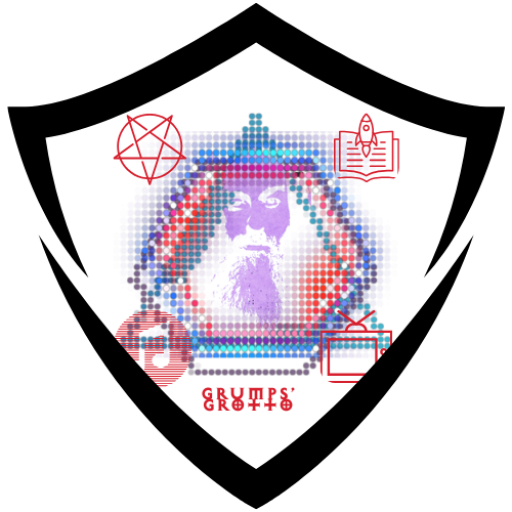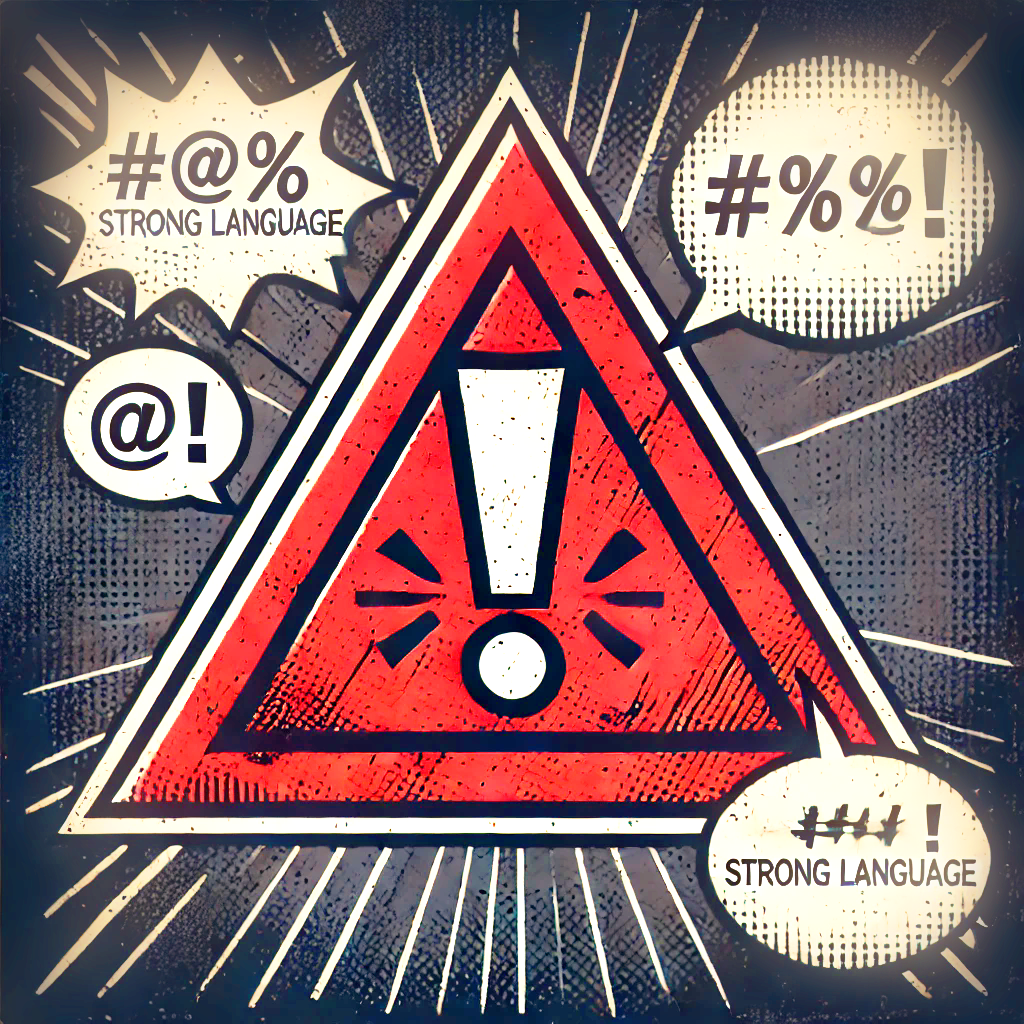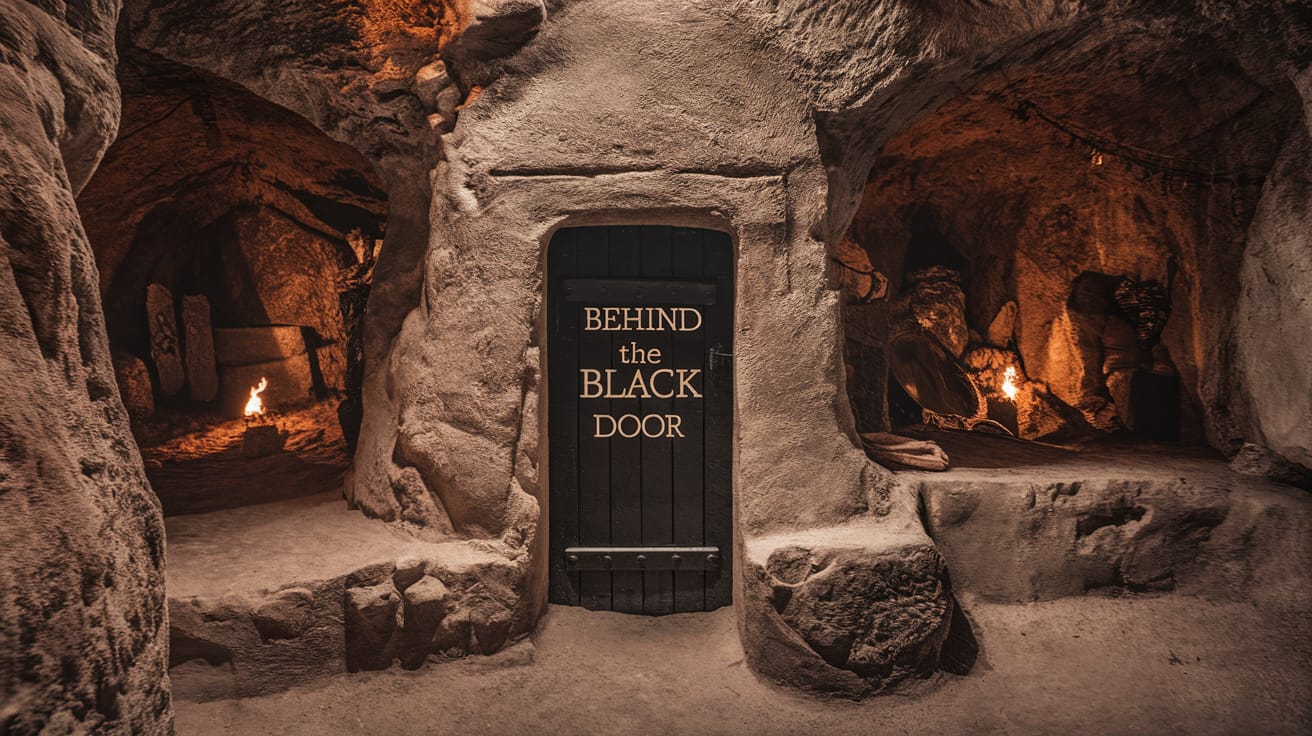Folklore isn’t just a relic of the past; it’s a living, breathing entity that adapts, evolves, and thrives even in the digital age. From the ancient tales whispered around campfires to the urban legends circulating through Reddit threads, folklore has always been a way for us to make sense of the world around us. Today, in our hyperconnected society, these old stories find new life, morphing into something that resonates with the chaos and complexity of modern life.
The beauty of folklore lies in its adaptability. It’s like a shadow—always present, shifting with the light, yet never fully disappearing. As we navigate the digital landscape, we find ourselves drawn to these stories once again, searching for meaning in the familiar patterns they offer. Whether it’s the resurgence of interest in witchcraft and the occult on platforms like Instagram and TikTok or the way urban legends spread like wildfire across social media, folklore is very much alive, lurking in the corners of our screens.

Take the example of Slender Man, a modern myth born from the bowels of the internet. What started as a simple creepypasta quickly evolved into a global phenomenon, embodying the fears and anxieties of a generation raised on the web. Slender Man is a testament to how folklore adapts—rooted in age-old tales of shadowy figures, yet perfectly tailored for the digital age.
But it’s not just about horror stories and urban legends. Folklore is finding its way into the aesthetics and philosophies that define modern subcultures. The rise of digital witchcraft, for instance, is a fascinating blend of ancient practices and contemporary technology. Millennials and Gen Z are reclaiming symbols and rituals from the past, infusing them with new meaning in their quest for identity and empowerment. The pentagram you see in a goth’s Instagram feed or the spell jar on a TikToker’s altar isn’t just decoration—it’s a nod to the deep roots of folklore that continue to influence our lives.
What’s driving this resurgence? In an age of information overload and relentless digital noise, folklore offers something timeless and grounding. These stories, symbols, and rituals provide a sense of continuity and connection to something larger than ourselves—a way to navigate the uncertainty of our times. They remind us that, despite all the technological advancements, we are still human, still searching for meaning in the shadows.
So next time you scroll through your feed and stumble upon a story that feels eerily familiar, take a moment to pause. You might just be hearing the echoes of an ancient tale, reimagined for a new age. Folklore isn’t dead; it’s just lurking in the shadows, waiting for the right moment to reveal itself.
In today’s world, where every day brings a new wave of information, it’s easy to feel lost in the digital noise. Yet, amidst the chaos, folklore serves as a beacon, guiding us back to our roots. It’s a reminder that no matter how fast technology advances, we remain connected to the past. Folklore is more than just stories—it’s the embodiment of collective human experience, passed down through generations, and now, across the screens we hold in our hands.

Let’s delve deeper into how this ancient tradition finds a place in our modern world. Urban legends, once passed by word of mouth, now spread rapidly through social media. They evolve faster than ever before, shaped by the collective imagination of online communities. Platforms like Reddit and Twitter are the new campfires where these tales are told, where truth and fiction blur, creating myths that resonate with our contemporary fears and desires.
Consider the rise of modern mythic figures like Slender Man. His story, born from the internet’s darkest corners, has become a global narrative, morphing into something that speaks to the anxieties of the digital age. Slender Man isn’t just a story; he’s a reflection of how folklore adapts, taking on new forms to stay relevant in our rapidly changing world. He’s a reminder that the stories we tell are shaped by the times we live in, and in turn, they shape us.
Folklore also finds expression in the visual and cultural aesthetics that define our era. The resurgence of witchcraft, particularly among younger generations, is a striking example. This isn’t just about embracing the occult; it’s about reclaiming power and identity in a world that often feels disconnected from its roots. Through symbols like the pentagram and rituals that blend the old with the new, today’s digital witches are tapping into ancient traditions, using them as a way to navigate the complexities of modern life.
And it’s not just witches. Across social media, from the dark corners of TikTok to the vibrant feeds of Instagram, there’s a renewed interest in the mystical and the mythical. Crystals, tarot cards, astrology—these are all elements of folklore that have found new life in the digital age. They offer a sense of order and meaning in a world that often feels chaotic and uncertain.
But why now? Why are we turning to folklore in this age of technology and information? The answer lies in our search for connection. In an era where we are more connected than ever, many of us feel a deep sense of disconnection—from ourselves, from each other, and from the world around us. Folklore offers a way to bridge that gap. It’s a way to tap into something ancient and enduring, something that speaks to the core of our human experience.
As we continue to navigate the digital landscape, let’s not lose sight of the power of these stories. They’re more than just entertainment; they’re a way to connect with our past, understand our present, and shape our future. In the shadows of our screens, folklore whispers, reminding us that some things never change.
So, keep an eye out for those whispers in the shadows. Listen closely. You might just find that the stories of old have more relevance today than ever before. After all, in a world that’s constantly changing, it’s the timeless things—like folklore—that ground us, guide us, and keep us connected to the essence of what it means to be human.

MidnightSage
MidnightSage is your go-to for dragging ancient myths into the digital age. With a sharp eye for folklore and a gothic flair, they blend old-world wisdom with modern chaos. Lavender-haired and relentless, they’ll guide you through urban legends, modern witchcraft, and the revival of ancient symbols. If you’re navigating the crossroads of mysticism and modern life, MidnightSage is here to make sense of it all.



Leave a Reply